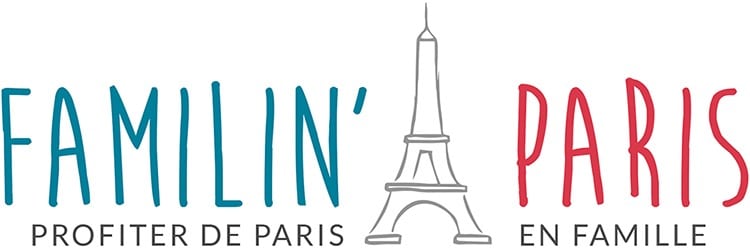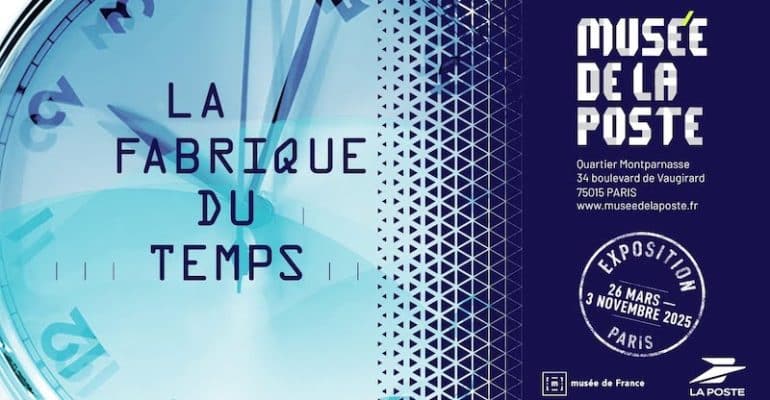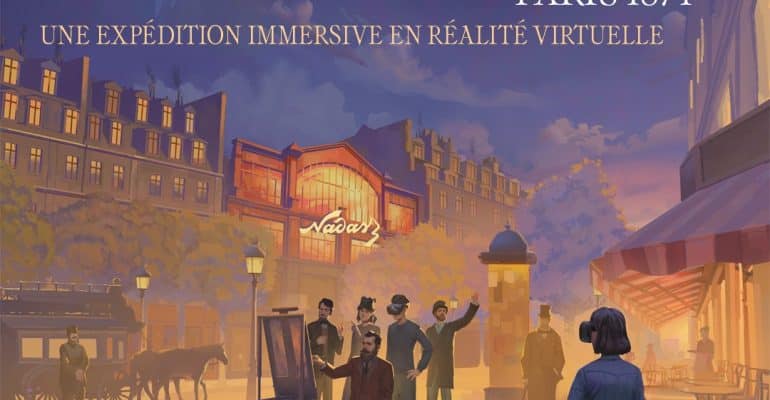In the 8th arrondissement
Swings, merry-go-round, ponies, puppet show, playground…
Swings, merry-go-round, ponies, puppet show, playground…

ATTRACTIONS AND ACTIVITIES AT PARC MONCEAU
WITH TODDLERS
- a playground (free) and a sandpit (in a secluded area) for the youngest
- a merry-go-round and traditional swings (for a fee) open every afternoon,
- pony rides on Wednesdays, weekends , school holidays and some public holidays
- an open-air puppet show (except in case of rain), on Wednesdays and weekends at 5 p.m. Truce from November to April, then resumption
WITH CHILDREN
- a skating and skateboarding area (open at the same times as the Parc Monceau)
- bicycles are allowed in the Parc Monceau, but only in a dedicated area (adults and children). It is forbidden to cross the park by bike
PICNIC AND SNACK AT PARC MONCEAU
- a kiosk for snacks and for children’s snacks: ice creams, waffles, drinks…
- large lawns for picnicking or simply relaxing
AND WITH MÉDOR!
- Parc Monceau, in addition to being KidFriendly, is Dogfriendly
- You can walk your dog (in theory on a leash), which is allowed on the Ferdousi alley and on the Comtesse de Ségur alley
TO EAT IN THE NEIGHBORHOOD OR TO TAKE AWAY (FOR PICNICS)
- A very good Lebanese (on the spot or to take away): Rimal (94 bd Malesherbes)
- A good burger (on the spot or to take away): Big Fernand (12 avenue de Villiers)
- For their salads (on the spot or to take away): Day (3 rue de Phalsbourg)
- In the Parc Monceau (next to the merry-go-round): pancakes, waffles, drinks
- Picnics allowed on all the lawns of Parc Monceau
THINGS TO DO IN THE NEIGHBORHOOD
- The Nissim de Camondo Museum, for a visit to a magnificent private mansion
- The Cernuschi Museum, if you are interested in Asian arts
- The Jacquemart André museum, a very pretty museum of paintings in a beautiful private mansion
- Shopping around the Place des Ternes
- The rue de Levis for its typical Parisian market
- The Champs-Elysées is about a 15-minute walk from Parc Monceau
A LITTLE HISTORY AND GEOGRAPHY
- It straddles the 8th arrondissement and the 17th arrondissement, with an area of 8.25 ha
- A 1st park was built at the end of the 18th century. A second was born (on the same site) under the Second Empire in 1860 (Haussmannian era)
- It is a very poetic and bucolic park, with the Rotunda, statues, colonnades and arcade
- Monet immortalized it in his painting “The Parc Monceau”. He also inspired Georges Braque, Georges d’Espagnat and Gustave Caillebotte. It seems that Marcel Proust liked to walk there.



